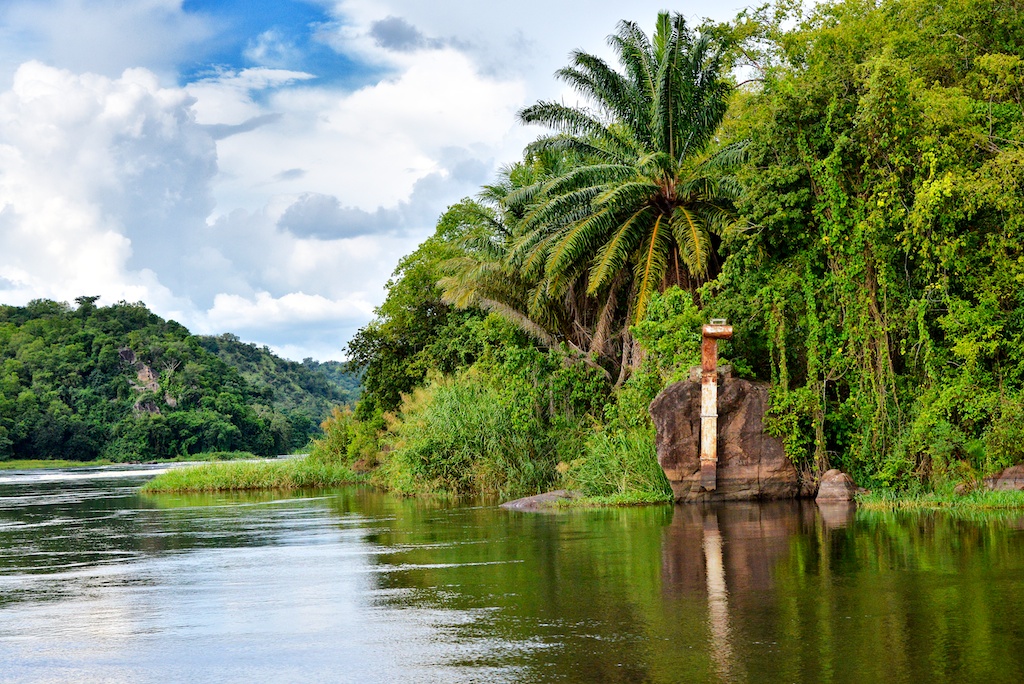Virunga National Park
Virunga National Park, a UNESCO World Heritage Site nestled in the eastern Democratic Republic of Congo, stands as a testament to the remarkable diversity and resilience of Africa’s natural landscapes. Spanning over 7,800 square kilometers, Virunga is one of the continent’s oldest and most biodiverse protected areas, encompassing a stunning array of ecosystems ranging from dense rainforests and volcanic peaks to savannahs and wetlands.
At the heart of Virunga lies the awe-inspiring Virunga Massif, a chain of eight towering volcanoes that dominate the landscape and provide a dramatic backdrop to the park’s wilderness. Among these volcanoes is Mount Nyiragongo, renowned for its active lava lake, which draws adventurers and scientists alike to witness its mesmerizing displays of molten lava.
Beyond its geological wonders, Virunga National Park is a sanctuary for a remarkable diversity of wildlife, including endangered mountain gorillas, chimpanzees, elephants, hippos, and an astounding array of bird species. It is home to approximately a quarter of the world’s remaining mountain gorilla population, making it a vital stronghold for the conservation of these critically endangered primates.
Virunga’s rich biodiversity is not only a source of wonder but also a vital resource for local communities who depend on the park for their livelihoods. The park’s sustainable tourism initiatives, community development programs, and conservation efforts not only support the protection of its natural heritage but also contribute to the socio-economic development of the region.
As one of Africa’s most iconic and ecologically significant protected areas, Virunga National Park stands as a beacon of hope for conservation, a symbol of resilience in the face of adversity, and a testament to the profound beauty and importance of our planet’s natural wonders.
Best time to visit Virunga
The best time to visit Virunga National Park largely depends on the activities you wish to undertake and the experiences you seek. However, generally, the most favorable time for visitors is during the dry seasons, which typically occur from June to September and from December to February.
During these months, the weather is generally drier, with lower chances of rain, making outdoor activities more enjoyable and accessible. The dry season also coincides with cooler temperatures, particularly in the higher elevations of the Virunga Massif, which can be more comfortable for trekking and hiking.
For those interested in gorilla trekking, the dry seasons are considered the optimal time to visit Virunga National Park. The vegetation is less dense, making it easier to spot gorillas in their natural habitat, and the gorillas are often more active during this time, providing visitors with memorable encounters.
Additionally, the dry season is ideal for other wildlife viewing activities, as animals are more likely to gather around water sources, offering excellent opportunities for sightings of elephants, buffaloes, hippos, and a variety of bird species.
However, it’s essential to note that Virunga National Park can still be visited year-round, and each season offers its own unique experiences. The wet seasons, from March to May and from October to November, bring lush green landscapes, blooming vegetation, and fewer crowds. While trekking conditions may be more challenging due to muddy trails and higher rainfall, the wet season can be a rewarding time to visit for photographers and nature enthusiasts seeking to witness the park’s vibrant ecosystems in full bloom.
Ultimately, the best time to visit Virunga National Park depends on your preferences, interests, and tolerance for weather conditions. Whether you choose to visit during the dry or wet season, you’re sure to be rewarded with unforgettable experiences and encounters with the natural wonders of this extraordinary park.








Leave a Review
Your email address will not be published. Required fields are marked *